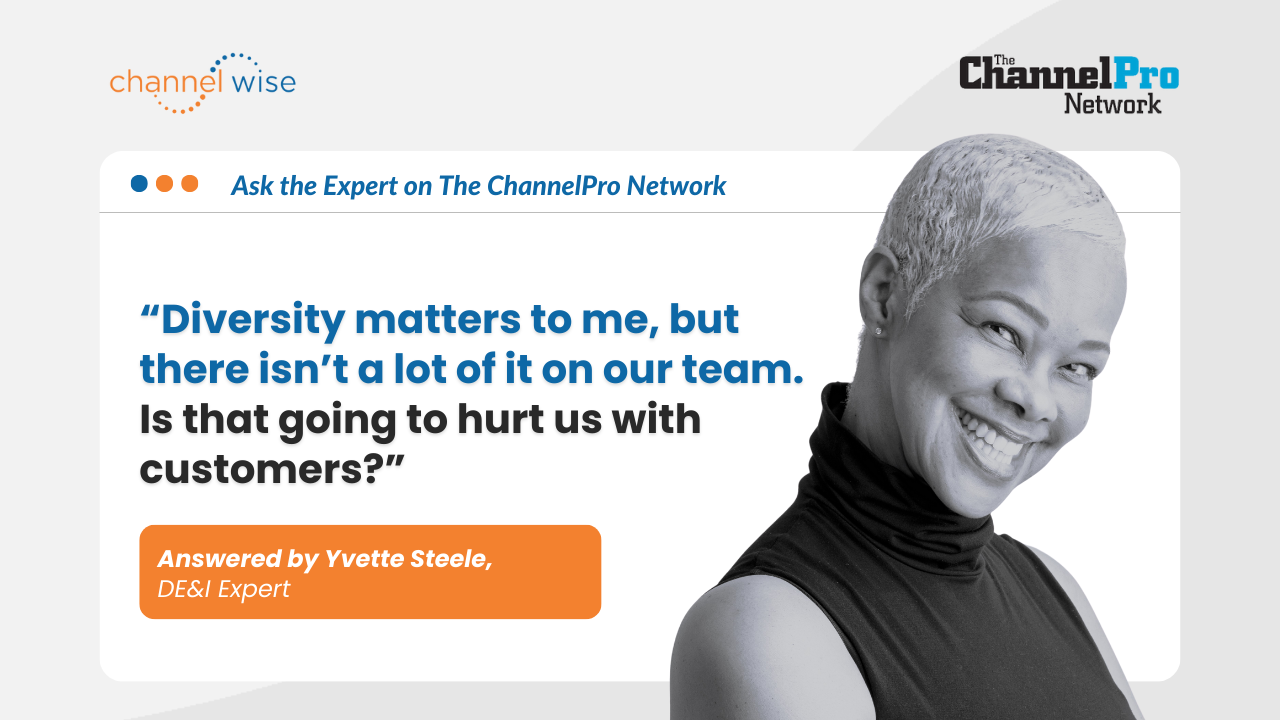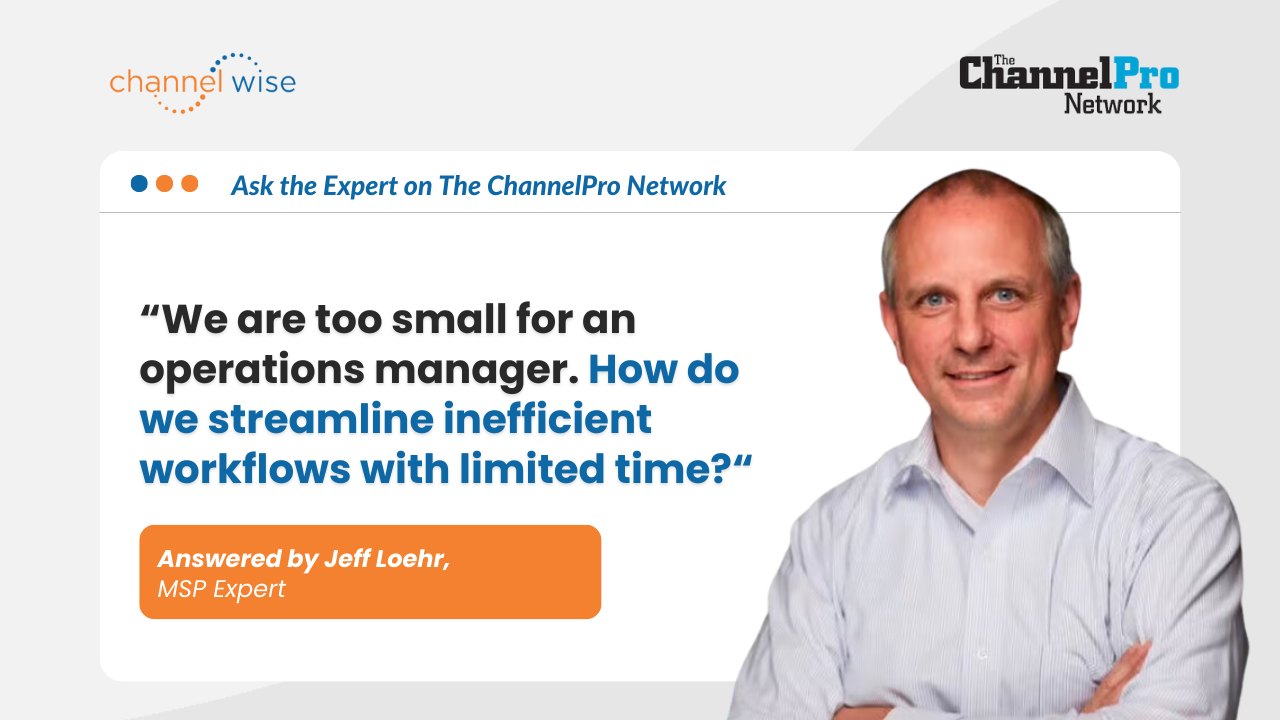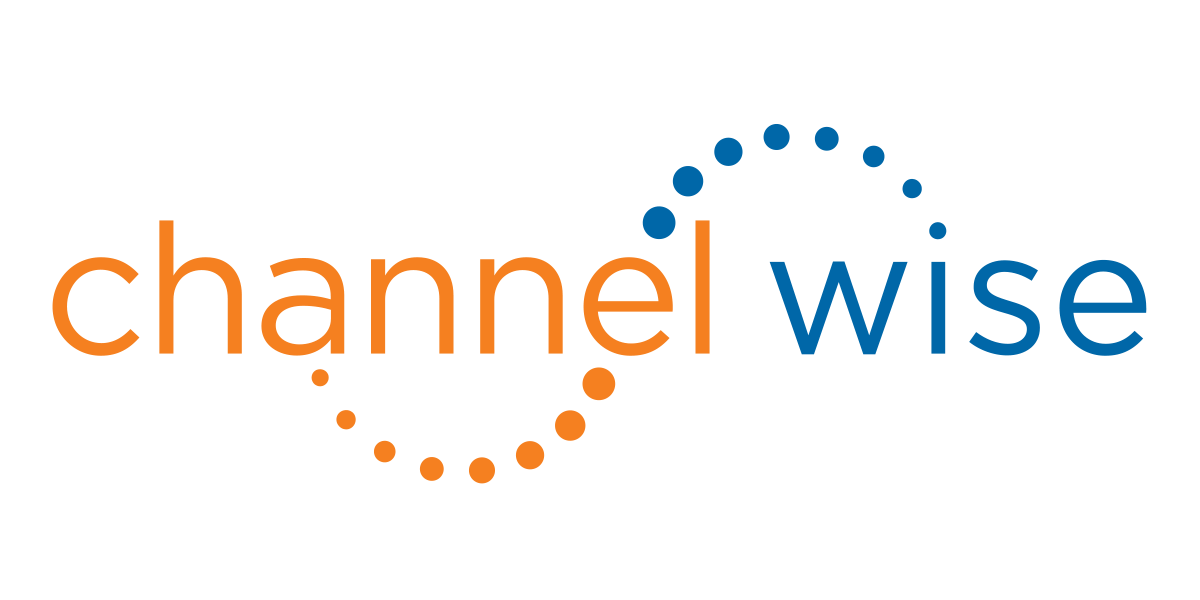ChatGPT Use Cases for Business: How AI Can Help You Do More with Irene Chan
Click here to watch the replay.
Artificial Intelligence (AI) is rapidly evolving, and its applications are becoming increasingly diverse. It is important to understand how AI can be utilized in various workflows and applications, and how it can help with productivity and performance in many aspects.
In this Ask the Expert episode, Kathryn Rose, CEO & Founder of channelWise interviewed Irene Chan, a channelWise and marketing automation expert and discussed how you can use AI to optimize your business and content creation process.
Highlights:
- The quality of AI output is determined by the specificity of the input.
- AI is a tool that can help with productivity and performance in many aspects. It can make the writing process faster by providing outlines, but it does not replace our role in decision-making.
- AI can be utilized in various workflows and applications. However, it is important to understand your business goal and figure out if AI is a viable solution to optimize resources.
Why are you so passionate about productivity?
I have always been a productive person, and I think it's just part of who I am. but, during the lockdowns in 2020, I began to think more deeply about why productivity is so important to me. I now understand that while being productive is important, it's also crucial to balance it with rest.
Resting is just as important as being productive because it allows me to come back more energized and focused. I realize that taking the time to rest actually helps me to be more productive in the long run.
In my culture, being productive is highly valued, and it feels good to do something for myself, my family, my clients, and my team. The more productive I am, the more time I can spend with my family and in my business.
So what's the best way for people to kind of sift through the noise and figure out what the best AI tools are for them?
To decide if an AI tool is useful for a business, consider the goals and strategy. If the tool doesn't meet these criteria, it may not be worth investing resources. Personally, I switched to ChatGPT for content creation in 2021 and recently upgraded to ChatGPT plus for $20 per month because I use it frequently in my day-to-day work as a content creator and marketing project manager.
Will using AI tools like ChatGPT replace content creators' jobs?
I think using AI tools like ChatGPT can actually make my job as a content creator easier and more efficient. For example, instead of spending hours researching and creating an outline for an article, ChatGPT can provide me with a good outline in a matter of seconds. But I don't rely on ChatGPT to write the entire article for me. Instead, I still decide on the structure, title, experiences, and examples that I want to include.
ChatGPT simply helps me leverage a fast and responsive way to research and create an outline, which saves me time and makes the process more efficient. So, using ChatGPT doesn't replace my job as a content creator, but rather it complements it by helping me work faster and smarter.
When using AI tools like ChatGPT, how can you ensure the accuracy of the information and make the output sound more natural?
I've learned that AI writing is a skill that takes practice and patience to master. To make sure that the information is accurate and the output sounds natural, I need to focus on the prompts I give to the AI tool. For instance, if I ask for a general blog post about productivity, the output might not be as accurate or natural-sounding as I want it to be. But if I give more specific prompts such as "write a blog post about productivity for solopreneurs in an educational and friendly tone," the output will be more relevant and better-sounding. Therefore, the accuracy and naturalness of the output largely depend on how well I structure and order the prompts I give to the AI tool.
If I take someone else's article and ask an AI tool to rewrite it, can it do that?
As a content creator, I always want my work to stand out, but sometimes I get stuck with the blank page syndrome. There's a lot of pressure to create a bunch of content, especially when you're a small business owner. That's why I find AI tools helpful to utilize when I need inspiration or to speed up my workflow.
What are the main things you want people to walk away from this conversation?
Using AI tools depend on the individual's or corporation's goal. For me, I wanted to make my writing faster and I achieved that with AI content workflows. It helped me overcome writer's block, and now I have mastered using AI for writing. As a project manager, having a transcript with summaries of strategy calls is a huge time saver. So, it's about transferring brain power to strategy and picking the right things that AI prepared for you.
Time to Get Started with AI
Think about your workflows and if AI can speed up manual tasks for your team or help you achieve your revenue goals. Find the right AI tool based on your criteria, including budget, and integrate it into your everyday workflows.
AI tools such as ChatGPT can be very useful in improving productivity and performance across different applications and workflows. However, it is crucial to understand your business goals and determine if an AI tool is a viable solution for you or your business.
While AI can help in many aspects, it is important to note that it does not replace a person’s role in decision-making.
For more advice about AI automation, visit Irene's profile on
channelwise.
Check out channelwise.com to find more experts to help you with your business or career.
Note: Transcript is edited for time and clarity. Originally published on LinkedIn.








